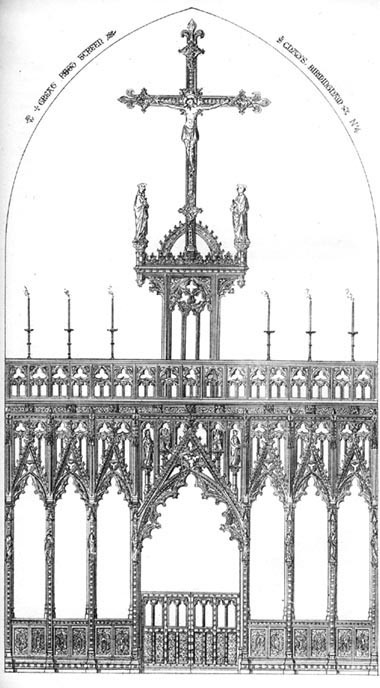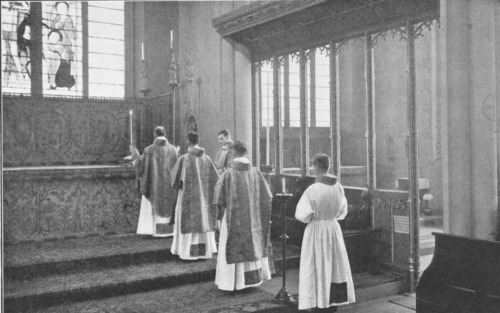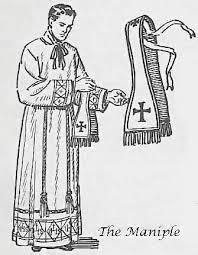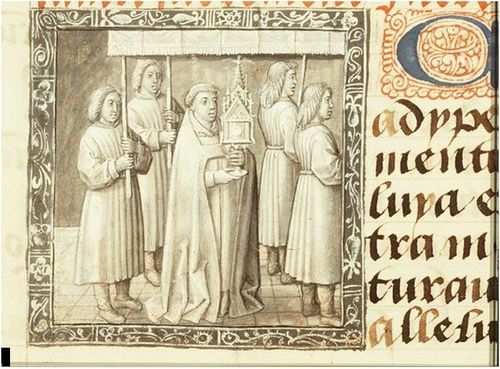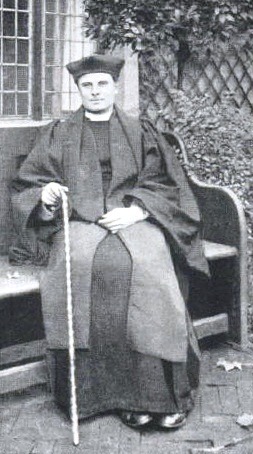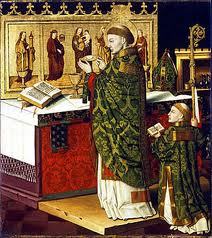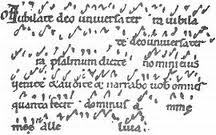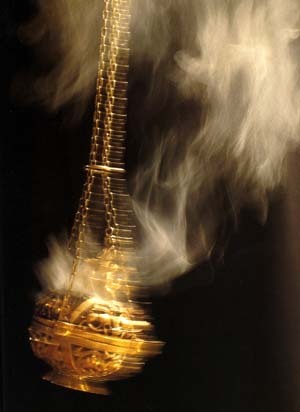Rusten, E. Michael and Rusten, Sharon. The One Year Christian History. Carol Stream, IL: Tyndale House Publishers, 2003.
On July 29, 1588, the Spanish Fleet and the infamous Armada was in defeat. May the Triune God be praised for this defeat on the high seas.
"Man up, lads. General quartars! General Quarters! All hands, to your battle-stations! This is not a drill. To your battle-stations, set zebra conditions, this is not a drill! The Spaniards are in the Channel. Give em' hell, boys! By God, that man of Rome shall have no rule in England!"
Some of the backstory which has been told often. Being the 29th of July, we remember the victory for English Protestantism.
Elizabeth 1 ascended the English throne in late 1558 after the tumultuous and bloody Mary, the half-sister of Elizabeth. We know the story here. At issue, Ms. (queen) Mary hated Protestantism. But, Elizabeth was a Protestant to some degree. This much, the bishop of Rome "shall have no rule in this dominion." Times had been perilous.
The most powerful monarch in Europe was Mr. (king) Philip II of Spain.
More largely in the Romanist fold, Emperor Ferdinand I of the Romano-Germanic Empire (Holy Roman Empire or Holy German Empire), Philip II, Mary Queen of Scots, and the bishop of Rome constituted the mighty phalanx in behalf of Western Romanism. Make no mistake. They were committed to extinguishing and extirpating that odious "Protestantism."
There was encouragement for Philip II to invade England and restore the holy, catholic and apostolic faith…as understood by the bishop of Rome.
But, marital arrangements could sometimes resolve the difficulties. At least that was a plan. Elizabeth toyed with Philip II, suggesting she might perhaps marry the son of Philip II. (But she had learned how that played out when her half-sister Mary 1 married the Spanish King. That was ugly.) Of course, Elizabeth was the master of Realpolitik.
Meanwhile, Sir Francis Drake (avid reader of John Foxe’s "Book of Martyrs") was plundering Spanish merchant vessels with Elizabeth’s tacit approval.
In another “meanwhile,” Philip II’s agenda was on view with the Netherlands, “those crabbed Dutch Calvinists.” Philip II’s story in the Netherlands with the effort to impose Romanism on Calvinistic Churchmen...well, that had long and ugly chapters.
The Dutchmen said, "We seal our Confession with blood. We give you our backs to the stripes and we confess with the heart and with the mouth..." That, is the Belgic Confession is what they "confessed." And these hearty Dutchmen resisted and the stories are many.
Elizabeth covertly helped to fund the Netherland’s resistance. She hoped that with Philip II pinned down in the Netherlands, they might avoid invading England. It was only delayed.
In another “meanwhile,” Elizabeth ran into a financial gain. English pirates drove Spanish ships into English ports—Spanish ships that carried the “pay roll” for Spanish soldiers in the Netherlands. For the meantime, Philip II “kept his temper” and Elizabeth 1 “kept the cash.”
“A” trigger for Philip’s temper was pulled when Elizabeth imprisoned the Roman Catholic Mary Queen of Scots. That was it. As a result, Philip implicated himself in a covert assassination plot against Elizabeth. The lines of opposition were hardening. Elizabeth evicted the Spanish ambassador from England and began war preparations. If you’re a betting man or woman, who do you put your money on? England or Spain?
Both sides fleeted up for a conflict. A Naval war would ensue. Elizabeth had 34 royal ships and contracted with 170 merchant ships to be equipped with armaments. The Spaniards had 130 vessels—the biggest and the latest in nautical developments for those times.
The Spaniards put their fleet to sea. (Of course, the ever-clever, seemingly ubiquitous Spy-Master, Sir Francis Walsingham, a committed Calvinist, had the preliminary intel-reports on the ships' movements.) Monks were aboard the Spanish ships to help convert England back to the fold of the bishop of Rome, the Pope. The morning that the fleet set to sea, all sailors partook of the Eucharist (that is, drinking blood and eating flesh…cannibalism). “All of Spain prayed.” Off they headed to old England.
However, as they approached England, winds drove Spanish ships back to port. When the later engagement unfolded, Sir Francis Drake set some small boats afire, positioned them downwind of the Spanish fleet, set them off, and they caused two ships to catch on fire. Several Spanish ships became “entangled” in the disorder, but also caught afire. At noon, English artillery laid into the Spanish fleet. Some sank. Others fled.
The Spaniards also encountered further bad weather and were driven into the North Sea…an inhospitable world as sailors have often noted (myself included). Some Spanish ships were driven off towards Ireland.
One Irish city found 1100 dead Spanish sailors ashore after, inferably, they went down at sea. It was beginning to look like a Naval and meteriological victory for the Brits.
Of Philip II’s 130 ships, 53 returned to Spain, damaged if not sea-worthy. Of the 27,000 sailors who left Spain in hopes of victory, 10,000 returned to home ports.
England lost 60 men. England’s Royal Navy lost no ships.
Of greater significance, England remained a Protestant, Reformed and mostly cleansed communion in the one true, holy, catholic and apostolic church.
Without the victory of the English fleet in 1588, we might well have been speaking Spanish and….what else?
Without the victory of the English fleet in 1588, we might be:
1. Doing meritorious tours on Rosary beads to importune His Triune Majesty,
2. Believing in purgatory,
3. Invoking 100s of saints,
4. Hosting transubstantiatory Masses with the cannibalism of it,
5. Doing Mariology,
6. Worshipping at the Lady of Walsingham Shrine,
7. Reserving the blessed Sacrament,
8. Denying justification by faith alone,
9. Denying sola scriptura,
10. Denying sola fide,
11. Denying solus Christus,
12. Strenuously opposing Reformation theology of Confessional Lutherans, Presbyterians, the Reformed, and old school Anglicans.
13. Praying this:
"Hail, O Queen, on high enthroned, Hail, O Lady, by Angels owned; Jesse's rod; yea heaven's portal Whence hath shone earth's Light immortal: Hail, O Virgin, most renowned, Hail, O truly worthy Maiden: Pray Christ for us so burden-laden.
V. Accept my praise, O hallowed Virgin.
R. Pray that I may have strength against your enemies. Lord, mercifully assist us in our infirmity: that like as we do now commemorate blessed Mary Ever-Virgin, Mother of God; so by the help of her prayers we may die to our former sins and rise again to newness of life. Through the same Christ our Lord. Amen."
Oh wait, Tractarians and Anglo-Romewardizers, e.g. FIFNA and their sponsors, already have these things. Oh my, have they forgotten 29 July 1588? Yes, willingly and willfully.
Fortunately, Elizabeth 1 and the Royal Navy prevailed in 1588. Largely, England was spared the above.
For some fun without surrendering the serious points above, we include this youtube: “Rule Brittania, Rule the Waves.”
http://www.youtube.com/watch?v=1XPHL4Q86t4
On the serious point, Spain and the bishop of Rome was pushed off and away from English shores, religion, thought, liberty and life. Western and American history was changed.
May we do the same with the Tractarians and other inhospitable parasites. Send them back to Spain or Italy.
To the Triune God, be all praise, honor and glory, now and forevermore.
